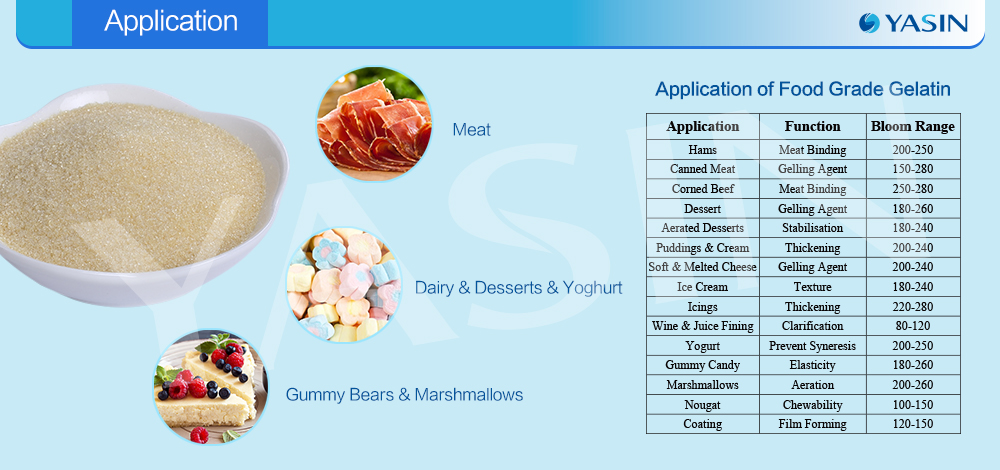As an ingredient, gelatin seems standard enough. After all, it’s found in a variety of everyday foods—from breakfast cereals and yogurts to marshmallows and gummy bears, and (of course) the nearly eponymous Jell-O treat. But knowing where your food comes from isn’t just about knowing where it’s sourced. It’s important to understand the ingredient list and stay informed about what you’re putting into your body.
 Even though you might frequently see it on the labels of common foods and supplement bottles, do you really know what gelatin is made of? To help you understand this common, yet divisive ingredient, we’ve taken the liberty of assembling everything you should know about gelatin, including what it’s made of, the benefits of consuming it, and some of its possible drawbacks.
Even though you might frequently see it on the labels of common foods and supplement bottles, do you really know what gelatin is made of? To help you understand this common, yet divisive ingredient, we’ve taken the liberty of assembling everything you should know about gelatin, including what it’s made of, the benefits of consuming it, and some of its possible drawbacks.
Not only is gelatin a frequently used ingredient in a variety of foods, but it’s also found in photographic processes, in glue, cosmetic products, and is even used in medicines and supplements because of its collagen content.
What gelatin is made of can vary widely based on where the raw materials come from.2 (Vegetarians and vegans, you may want to skip ahead for this part.) Most commonly, following the removal of animal meat intended for consumption, the remaining pieces are thoroughly cleaned, dried, and separated from bacteria and minerals. These parts might include hide, bones, and pieces that are low in meat content, such as ears. Once sterilized and thoroughly processed, gelatin is deemed suitable for use and is either sold on its own or used as an ingredient in an array of other products.
The Benefits
There are quite a few benefits to gelatin consumption (that is—when it’s not found in highly-processed desserts). Although your body naturally produces collagen, it’s still beneficial to eat foods or take supplements that contain it, including gelatin.
Post time: Jul-14-2021






